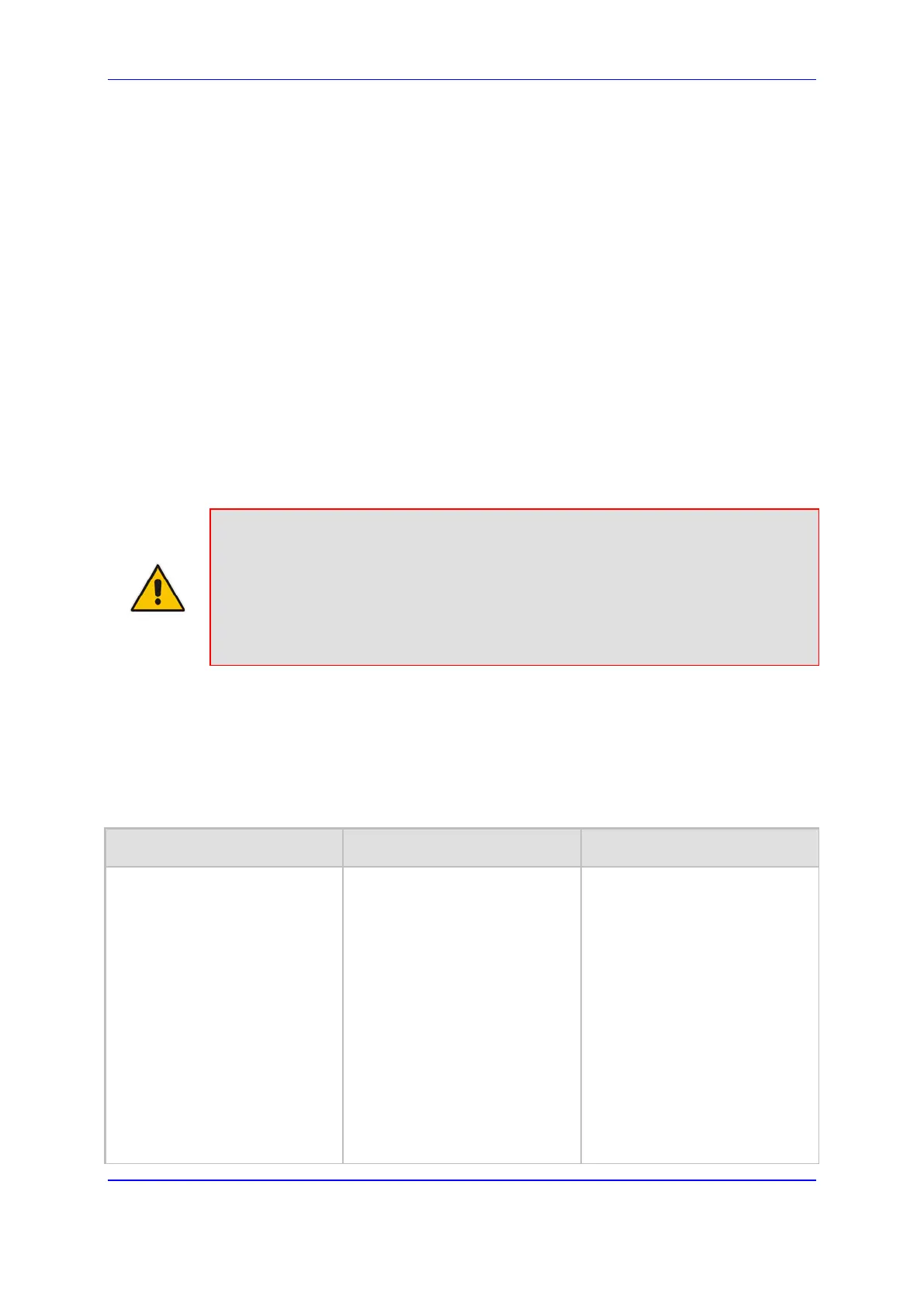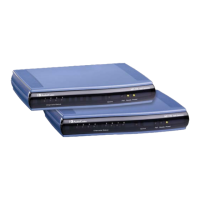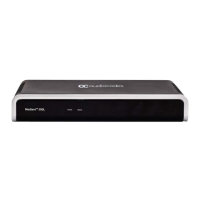Version 7.2 717 Mediant 1000B Gateway & E-SBC
User's Manual 38. CRP Overview
38 CRP Overview
The device's Cloud Resilience Package (CRP) application enhances cloud-based or
hosted communications environments by ensuring survivability, high voice quality and
security at enterprise branch offices and cloud service customer premises. CRP is
designed to be deployed at customer sites and branches of:
Cloud-based and hosted communications
Cloud-based or hosted contact-center services
Distributed PBX or unified communications deployments
The CRP application is based on the functionality of the SBC application, providing branch
offices with call routing and survivability support. CRP is implemented in a network
topology where the device is located at the branch office, routing calls between the branch
users, and/or between the branch users and other users located elsewhere (at
headquarters or other branch offices), through a hosted server (IP PBX) located at the
Enterprise's headquarters. The device maintains call continuity even if a failure occurs in
communication with the hosted IP PBX. It does this by using its Call Survivability feature,
enabling the branch users to call one another or make external calls through the device's
PSTN gateway interface (if configured).
Note:
• The CRP application is available only if the device is installed with a License Key
that includes this feature. For installing a License Key, see ''License Key'' on page
763.
• For the maximum number of supported CRP sessions and CRP users than can be
registered in the device's registration database, see ''Technical Specifications'' on
page 1191.
For cloud providers, CRP ensures uninterrupted communications in the event of lost
connection with the cloud providers’ control systems. For distributed enterprises and
contact centers, CRP is an essential solution for enterprises deploying geographically
distributed communications solutions or distributed call centers with many branch offices.
CRP ensures the delivery of internal and external calls even when the connection with the
centralized control servers is lost.
Table 38-1: Key Features
Survivability Quality of Experience/Service Security
PSTN fallback
WAN redundancy
Local mode
High availability
Emergency calling (E911)
Basic call routing between
registering users and device,
or any other route to
responding server
Short number dialog (short
numbers are learned
dynamically in the
registration process)
Survivability indication to IP
phone
QoE monitoring
Call Admission Control
SLA fulfillment
SIP mediation
Media transcoding
Test call agent
Layer 3 to 7 protection
Media encryption
Call control encryption
NAT traversal
Topology hiding

